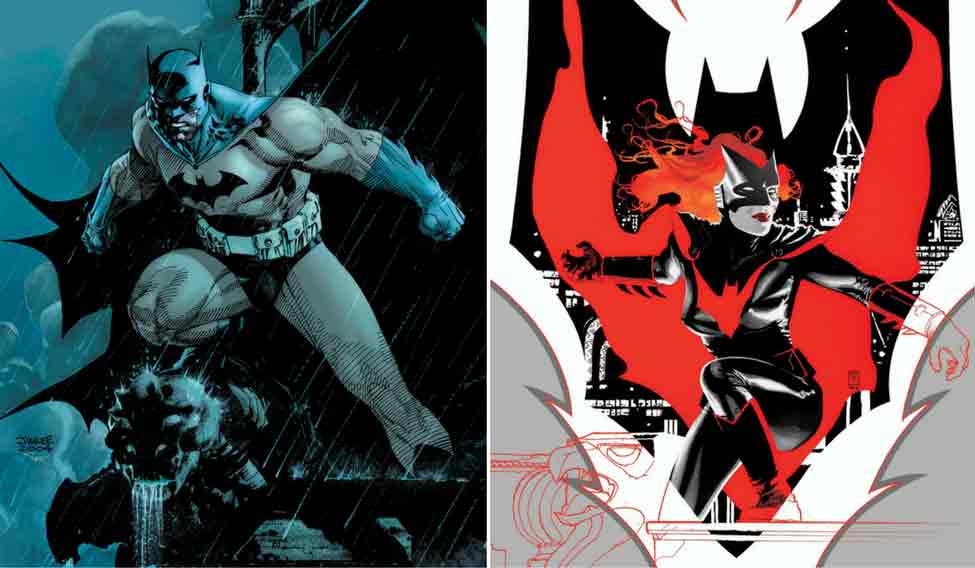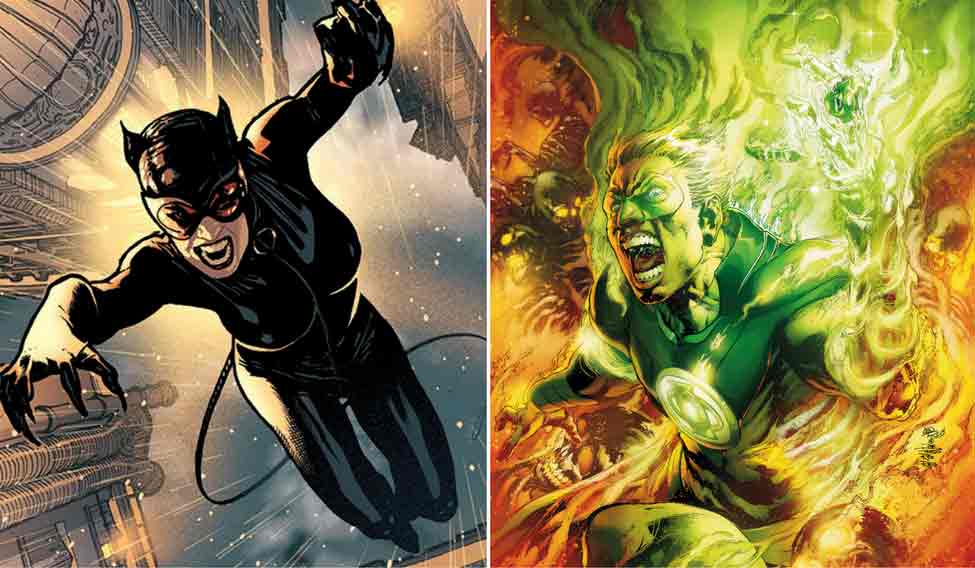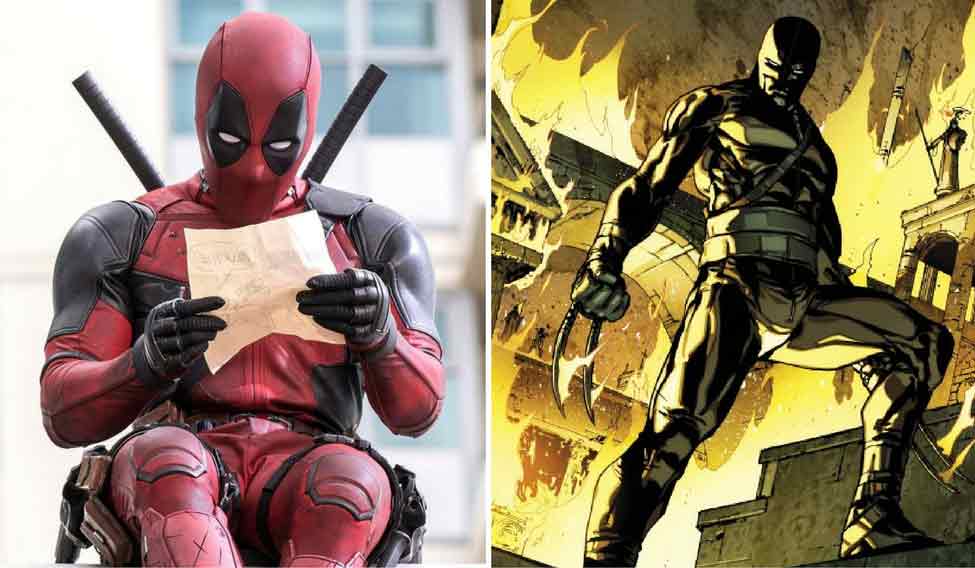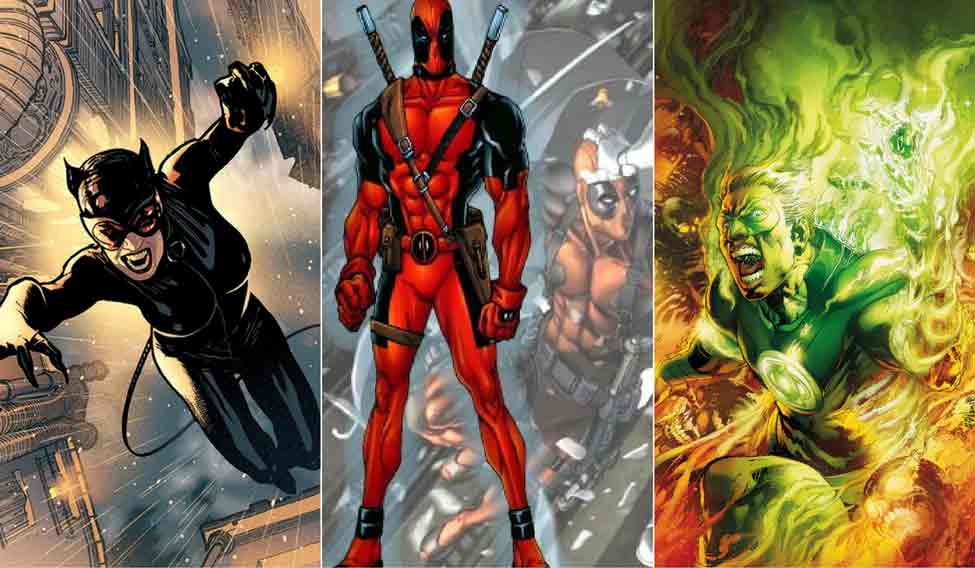Wonder Woman (of DC Comics) writer Greg Rucka announced that the Amazonian superhero is 'obviously' a queer, leaning both ways. While this shocked some people, it was generally welcomed by comic book enthusiasts on Twitter. It led to a huge debate on September 29, where the camps were divided between pro-queer and those who felt that writers were just “pandering” to please “left liberals”.
No no no no no no no stop changing characters to appease the Left. Wonder Woman is straight. Nobody likes stupid pandering. https://t.co/tLtHvlRVdN
— Ariana Rowlands♛ (@IamQueenAri) September 29, 2016
BREAKING NEWS: Men very upset that #WonderWoman is not straight, have been very bad at reading subtext for 75 years.
— Donna Dickens (@MildlyAmused) September 28, 2016
However, Wonder Woman isn't the first (or last) superhero character to have a different sexual orientation.
Comics Code repressed alternate sexuality
Mainstream comics—including DC Comics and Marvel Comics—have been around since the 1930s, enthralling readers with superheroes and supervillains. Along with the good versus evil battle, many stories had hints of LGBT themes, which only recently became more obvious.
In the early 1950s, psychiatrist Frederic Wertham's book Seduction of the Innocent accused comic books of “degrading” values in children. This led to the Comics Code Authority, formed to internally self-judge and keep moralistic standards in the comics universe.
 According to reports, Batwoman was introduced to stave off rumours that Batman was gay | dc.wikia.com
According to reports, Batwoman was introduced to stave off rumours that Batman was gay | dc.wikia.com
Wertham's book cited many examples, one of which was that DC's Batman and Robin were in a relationship. The CCA banned even hinting at “sexual abnormalities”, “illicit sexual relations” and “sexual perversions”. Instead, comics depicting any aspect of romance had to “emphasize the value of home and the sanctity of marriage”.
Right after the Batman-Robin allegation, DC creators introduced Batwoman in 1956 to serve as a romantic companion to Batman, thereby quelling any rumours of Batman's “perversion”.
Opening up after the 90s
In 1992, the Code was modified to allow LGBT characters. Northstar (Marvel) was the first comic character to come out as gay in the same year. Although the character's storyline was in existence since 1979, and creator John Byrne had “always intended for him to be gay”, the Code prohibited him from revealing so. Northstar, or Jean-Pail Beaubier from Canada, first appeared with X-Men.
Conservative groups were upset that X-Man Northstar married his husband...Scarlet Witch married a robot, y'all. Nobody in Marvel U cares.
— Finn Michael Roberts (@finnmroberts) September 29, 2016
Meanwhile, over the course of time, many comic publishing companies abandoned the Code. With the turn of the millennium, comic publishers sought to appeal to adults, and marked their comic for “matured audience”. Marvel gave up the code in 2001, and DC in 2011, along with Archie Comics.
Batwoman, who had faded into oblivion within a decade of being introduced, was reintroduced as Kate Kain in a limited series in 2006. In this series, her back-story reveals that she had a romantic relationship with a female classmate during her training at the US Military Academy. This leads to her expulsion, and she dons the cape and becomes Batwoman, using Batman as her inspiration.
DC Comics: Coagula, Alan Scott and Catwoman
Catwoman (DC) writer Genevieve Valentine revealed on Twitter in February 2015 that Eiko Hasigaway (who dons the Catwoman suit after Selina Kyle retires) was bisexual. Valentine says that Eiko's relationship with Selina “wasn’t a revelation so much as a confirmation”.
So, trying to avoid some CATWOMAN #39 spoilers (just for today), but if you have any questions, the answer is: Yes, it's canon.
— Genevieve Valentine (@GLValentine) February 25, 2015
Many characters are revealed to be LGBT in an alternate retelling of the story. For instance, in 2012, Green Lantern's original persona from 1940s, Alan Scott, was reintroduced as an openly gay man, in Earth Two, when DC relaunched the entire universe from scratch.
In Doom Patrol series, Coagula was introduced as the first transwoman within the universe. She first appeared in 1993 as Kate Godwin, created by Rachel Pollack. Coagula, who can solidify liquids and dissolve solids, identifies as a bisexual.
 Catwoman and Green Lantern, in their new retellings, are bisexual and gay respectively | dc.wikia.com
Catwoman and Green Lantern, in their new retellings, are bisexual and gay respectively | dc.wikia.com
The Hellblazer series issued in 2015 openly deals with John Constantine's sexuality. Constantine, the occult detective, is openly bisexual, and delightfully so. But, in the NBC TV series, this aspect of the character was completely sidelined.
Marvel's Deadpool, Iceman and Loki
Marvel, too, has its fair share of LGBT characters. Mystique, the shape-shifting mutant who is sometimes an ally and sometimes an enemy to the X-Men, is revealed to be bisexual, often paired with mind-reader Destiny.
Daken, Wolverine's son (and enemy) who was abducted by Bucky the winter soldier and raised by Romulus, also adds to the list. Besides a host of other abilities, he can also manipulate people's emotions, and he uses this to seduce men and women.
In 2013, Al Ewing, writer of Loki: Agent of Asgard, announced that Loki is bisexual in the new retelling.
For X-men character Iceman, his younger self confronts his older self in Uncanny X-Men (in a messy time-travelling episode). This makes the older Iceman realise that he has been in the closet all this while (in the current timeline).
 In the Marvel universe, Deadpool is pansexual, while Daken has the power to seduce both men and women | marvel.com
In the Marvel universe, Deadpool is pansexual, while Daken has the power to seduce both men and women | marvel.com
Mercenary Wade Wilson, or Deadpool, is popularly known to be pansexual. In the comics, he isn't particularly choosy about the gender of his partner, much like he has no particular affinity to anything. While this wasn't reflected in the 2016 film starring Ryan Reynolds, both Reynolds and director Tim Miller have hinted that this might come up in the sequel.







